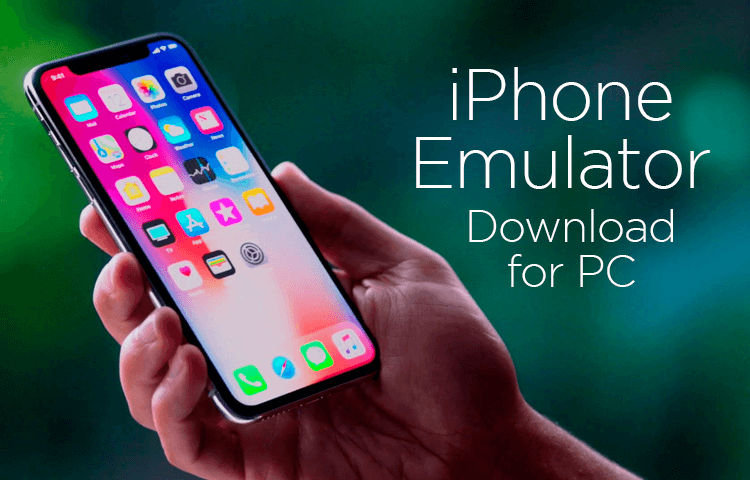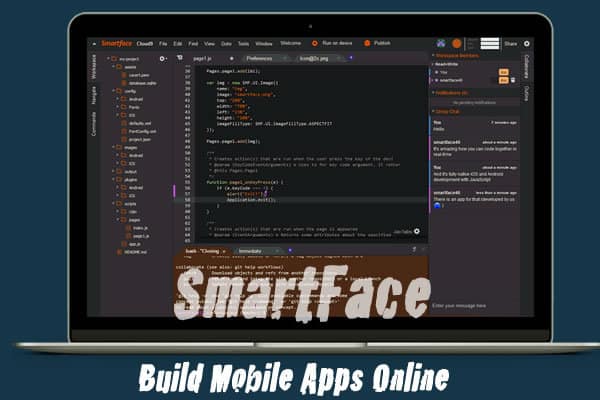

All you need to do is download the Expo Go app, run expo start and then scan the QR code that shows up.

You can run your React Native app on a physical device without setting up the development environment. It will take a few minutes to create our project, and then we can start building our React Native application.Įxpo allows us to build for both Android and iOS on Windows, Mac and Linux. In this case, simple-ios-todo is the name of our application. You can then create your project by running expo init simple-ios-todo. You can do that by running the following commands: npm install -g expo-cli To get started with Expo, you first need to install Expo CLI. If you want to include native code in your application, it is better to go with vanilla React Native from the start.Īlternatively, you can use Flutter and Codemagic to build and publish apps for iOS without a Mac.

However, when using Expo, you can’t create custom native modules beyond those that ship with the React Native API. Using Expo is the easiest way to get started with React Native. For companies, the enterprise package offers unlimited usage.Use M1 Mac mini VMs by default with Codemagic🚀 Build faster Developing iOS apps on React Native with Expo CLI If you want unlimited users with 2,000 minutes per month, you can buy the premium package. The basic package is for 20 concurrent users and 500 minutes per month. The free trial allows for one concurrent user and 100 minutes of use per month.

It lets you embed simulator apps into HTML code using iframes, which is useful for marketing your app or displaying demo presentations.Īppetize is compatible with many generations of iPhones, from the iPhone 4S all the way up to the iPhone 12 Pro Max, along with some iPad models. After uploading your file, Appetize emails a link to you where you can run the app online. You develop your app using a platform such as Xcode or Xamarin before you can test it with Appetize. To use it, you need to upload a simulator build of an app.


 0 kommentar(er)
0 kommentar(er)
